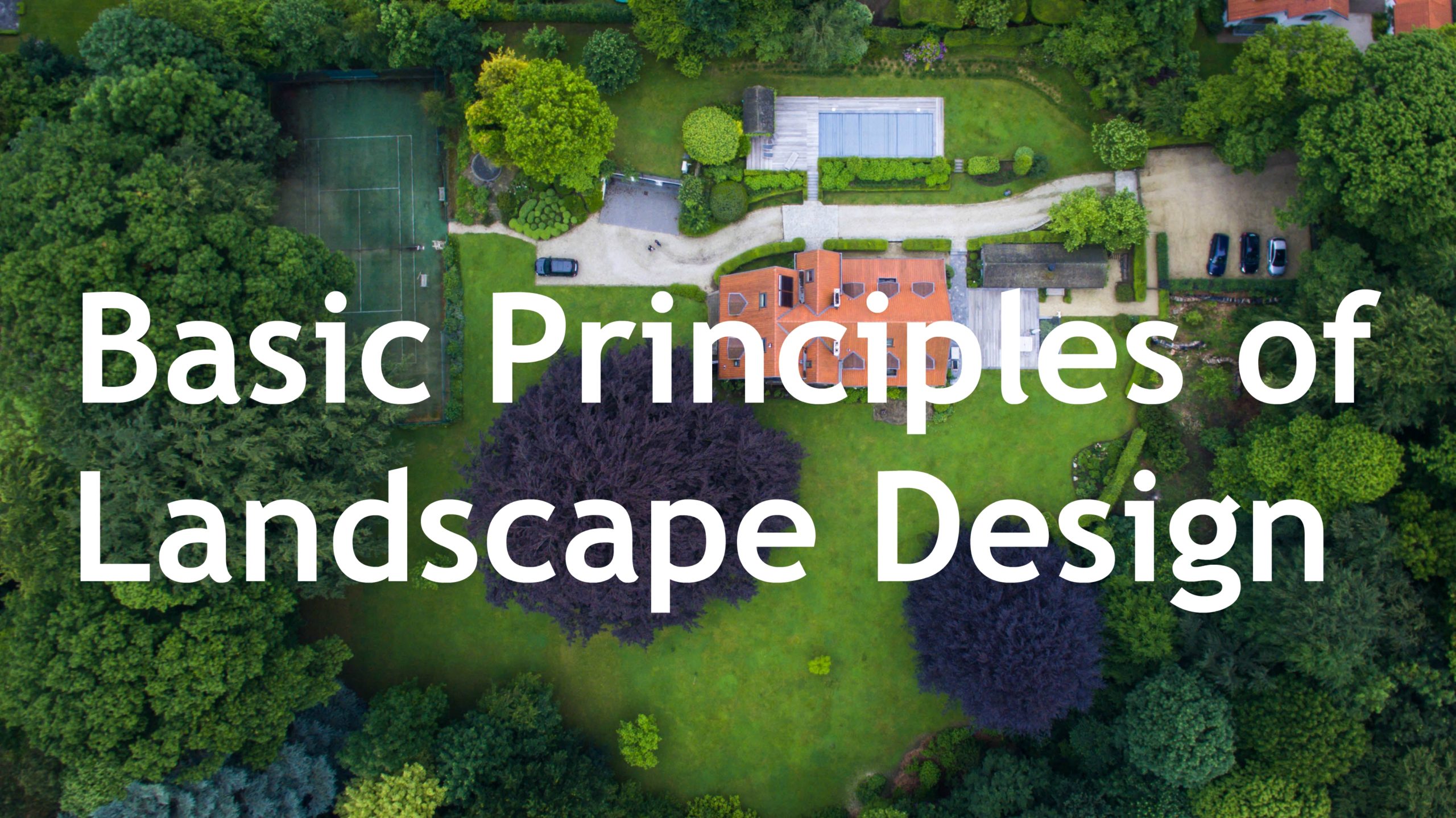Landscape design is an art that involves creating an aesthetically pleasing outdoor space while also serving functional purposes. Whether you are looking to create a new garden, enhance an existing one, or design a public park, the basic principles of landscape design will help you achieve your goals.
Understanding the Site
The first step in landscape design is to understand the site. This includes evaluating the physical characteristics, such as the size, shape, and slope of the land, as well as the natural features, such as the soil, vegetation, and water resources. A thorough understanding of the site will help you determine what types of plants, trees, and other elements can be successfully grown in the area, and how to arrange them in a way that maximizes their beauty and functionality.
Creating a Plan
Once you have a good understanding of the site, the next step is to create a plan. This includes deciding on the overall style, determining the functional areas, such as seating areas, gardens, and walkways, and selecting the plants, trees, and other elements that will be used in the design. A well-designed plan will take into account the existing features of the site, as well as the desired look and feel of the finished space.
Using Line and Form
Line and form are two of the most important elements in landscape design. Line refers to the way elements in a landscape are arranged, while form refers to the shape and texture of the elements themselves. By using line and form effectively, you can create a sense of flow, balance, and harmony in your design.
Choosing the Right Plants
The plants that you choose for your landscape design will play a major role in its overall appearance. When selecting plants, consider factors such as their size, shape, color, and growth habit, as well as their suitability for the specific site conditions. Be sure to choose plants that will thrive in the area, and that will complement the other elements in the design.
Incorporating Water Features
Water features, such as fountains, ponds, and streams, can add a sense of tranquility and beauty to any landscape design. They can also serve functional purposes, such as providing habitat for wildlife, or helping to regulate the temperature of the surrounding area. When incorporating water features into your design, be sure to consider factors such as the size and type of the feature, its placement in the landscape, and its impact on the surrounding environment.
Enhancing with Lighting
Lighting can play a major role in enhancing the beauty and functionality of a landscape design. It can be used to highlight specific elements, such as trees, shrubs, and water features, and to create a sense of drama and mood in the space. When incorporating lighting into your design, be sure to consider factors such as the type of lights that will be used, their placement and height, and the overall effect that they will have on the landscape.
Maintaining Your Landscape Design
The final step in creating a successful landscape design is to maintain it properly. This includes regular pruning, fertilizing, and watering of the plants, as well as addressing any other maintenance needs that arise. By properly maintaining your landscape design, you can ensure that it will continue to look its best for years to come.



